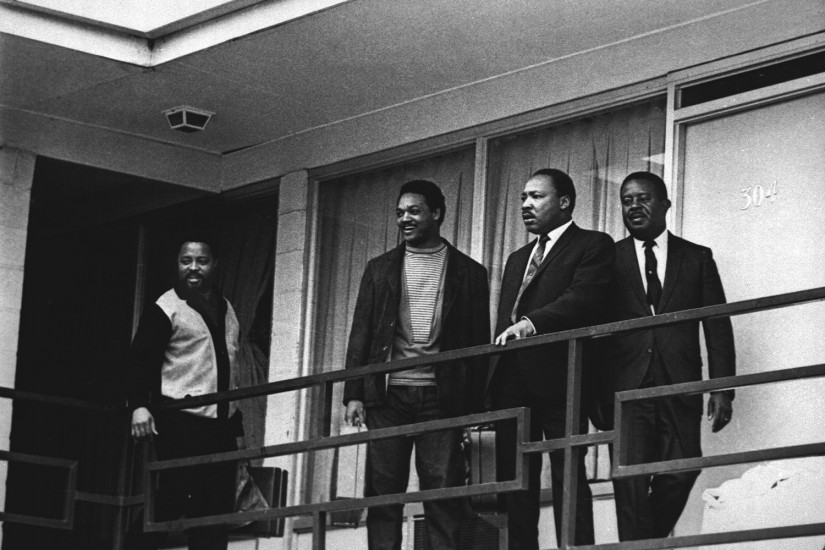In the late nineteen-sixties, I lived in a duplex in an unglamorous corner of East Hollywood, California, sleeping in a room alongside my Guatemalan parents. I was conscious that I was growing up in the warmth of the Los Angeles light that streamed through the windows, and this knowledge filled me with a sense of destiny and hope. At Grant Elementary School, I played four square with the children of immigrants from the Philippines, Czechoslovakia, Mexico, and Lebanon. Our families had found shelter in our adopted country from wars, dictatorships, and poverty at a time when the United States was sending men to the moon. My parents hovered over me, their only child, telling me stories about our heritage and their courtship in Guatemala City. I did not know that my father was having an affair with the woman he called on the phone in the afternoons, or that my mother would soon bring her new boyfriend home to meet me. I did not see that the brick and stucco apartment blocks around me were a magnet for American drifters, like those Jack Kerouac describes in “On the Road,” recently arrived in what he called “the loneliest and most brutal of American cities.” I had no idea that one of them, a hard man named James Earl Ray, lived on the other side of our back-yard fence.
Our duplex, at 5424½ Harold Way, was demolished long ago. Ray’s apartment building, at 1535 North Serrano Avenue, is still standing. Two very different journeys brought us to that place: me, the son of Guatemalan immigrants, and Ray, a man with Midwestern roots and an abiding hatred of black people.
On April 23, 1967, Ray had escaped from the Missouri State Penitentiary by hiding under the loaves in a large bread-delivery box. He had been serving a twenty-year sentence for robbing a St. Louis grocery store, his fourth criminal conviction. On February 22, 1968, the day I celebrated my fifth birthday, Ray brought his cream-colored 1966 Ford Mustang to a car-repair shop about a mile from my parents’ home to have it serviced. A month later, he drove the car across the country as he began stalking Martin Luther King, Jr.—first to Selma, then to Atlanta, and, finally, to Memphis.
